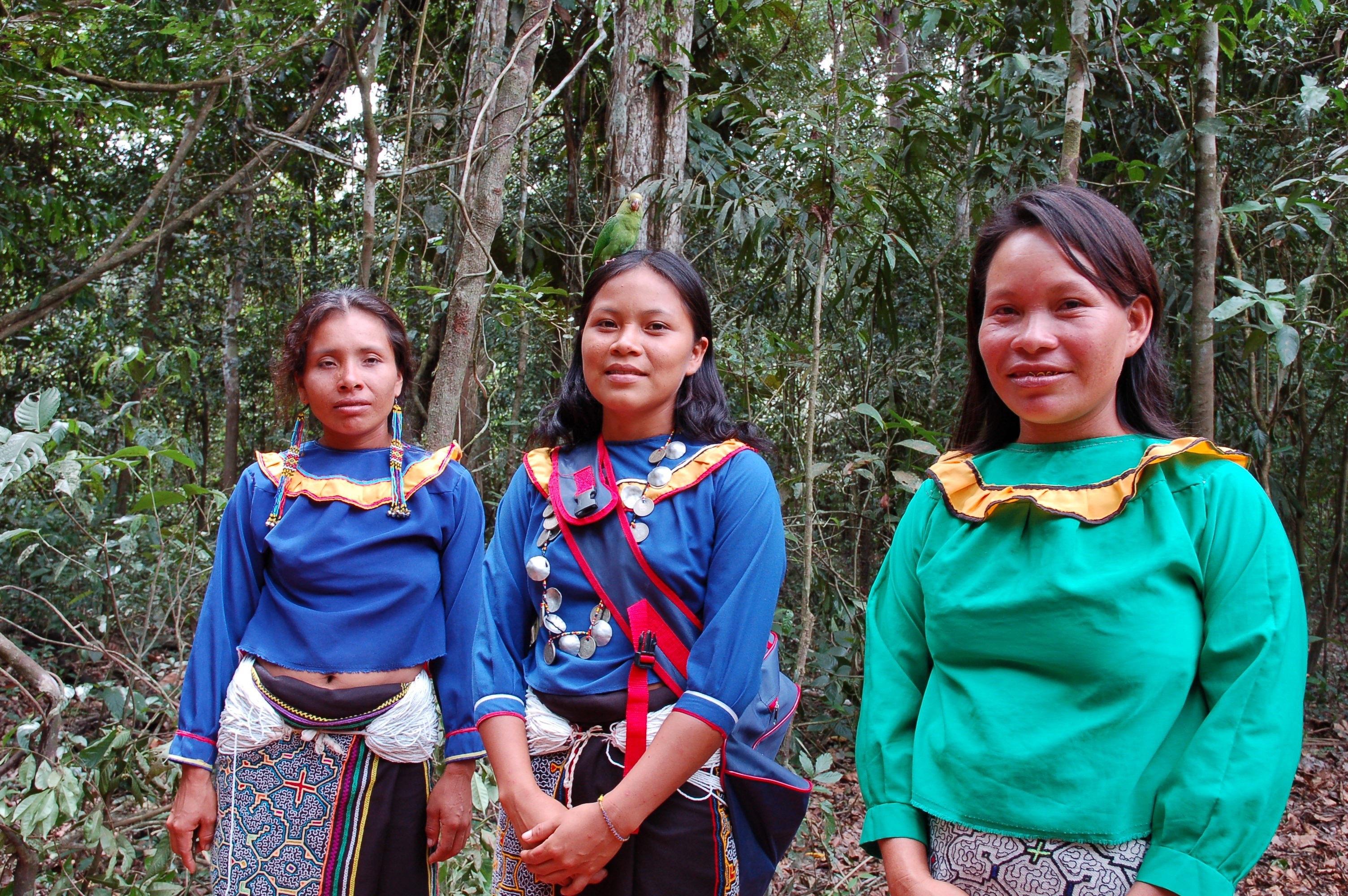
Share
Related Links
An Analytical Framework: Securing Forest Tenure Rights for Rural Development
Securing Forest Tenure Rights for Rural Development: Lessons from Six Countries in Latin America
Forest Smart Brief on Securing Forest Tenure
Feature Story: Securing Forest Tenure Rights for Rural Development
Forest Tenure Assessment Tool: Final Synthesis Report
Forest Tenure Assessment in Zambia. Final Report.
Securing Forest Tenure Rights for Rural Development
PROGRAM SUMMARY
The objective of this activity is to provide information and guidance to World Bank operational staff, policy makers in client countries, and other donors on how to strengthen forest tenure security in practice, and as a foundation for achieving the goals of poverty reduction, sustainable forest management, social equity, conservation, and climate change mitigation/adaptation.
CHALLENGE
Secure tenure is widely recognized as an essential foundation for achieving a range of rural economic development goals. However, forest areas in low and middle-income countries face particular challenges in strengthening the security of land and forest resource tenure. Forest peoples are often among the poorest and most politically marginalized communities in their national contexts, and their tenure systems are often based on customary, collective rights that lack formal legal protection. In addition, there is limited government presence and capacity in forest areas to support and defend local rights, as well as competing incentives from pressures for other land uses.
Despite growing recognition and attention to the importance of forest tenure security, significant gaps remain in terms of methodologies, tools and knowledge resources that would enable policy makers and World Bank operational staff to avoid negative impacts and build measures to strengthen forest tenure within relevant projects and initiatives. These gaps include (i) comprehensive analytical frameworks to help identify the key factors that need to be in place for the recognition and protection of forest tenure rights, particularly customary and collective rights, (ii) methodologies for assessing the presence or absence of these factors in particular national contexts, and (iii) knowledge resources that bring together experiences and solutions for addressing and resolving these gaps.
These are gaps that internal World Bank clients had identified as challenges they confronted primarily in the project design stages. Task teams often run into problems identifying tenure issues or the right types of tenure issues within a given context, which impacts implementation and achieving the best results possible because these issues and measures to address them were not identified at the outset. This project aims to change this scenario.
APPROACH
The project addressed these gaps by conducting the following activities:
- Develop an Analytical Framework for understanding and assessing forest tenure frameworks and their implementation/effective realization, with a focus on securing tenure of indigenous peoples and local communities. Recognizing the range of knowledge resources that currently exist, both within and outside the World Bank, the approach will not seek to “reinvent the wheel” but rather consolidate existing resources, adapt and tailor them to the specific contexts and issues affecting forest tenure rights, and build consensus for their widespread use.
- Conduct assessments (gap analysis) and dialogues on the forest tenure situation in approximately three high-priority countries.
- Develop a Sourcebook (or “solutions bank”) of best practices and related tools on ways to address obstacles and improving the development and implementation of forest tenure reforms. The Sourcebook will be designed as a living document – to be updated to accommodate new innovations, case studies and further applications of the Analytical Framework.
The objective of these activities were to ensure that World Bank staff and external clients can accurately identify the right issues in forest tenure security and reflect these in the design of future products and interventions.
RESULTS:
The Analytical Framework (AF). The AF has been widely recognized and supported by numerous users and potential beneficiaries, both in and outside the Bank. This product has proven useful for a number of stakeholder groups including bank managers and policy makers, as well as task teams and practitioners from client countries, including from the main following sectors: forestry, biodiversity conservation, agriculture, social development, indigenous peoples, carbon financing, land administration, ecosystem services, and landscape management and restoration). This Framework, has been recognized as a robust element, based on SDG principles, and including key fundamental elements needed to develop and strengthen tenure security actions.
Forest Tenure Assessment Tool (FTAT). This is a companion piece of the Analytical Framework, to be used as a practical instrument in the identification of opportunities and challenges associated with tenure security in a context that will directly benefit indigenous peoples and local communities leaving is some of the world’s most poor and marginalized areas. Piloted in three countries: DRC, Myanmar and Zambia. This piloting has yielded highly valuable outcomes including: testing assessment methodologies in three contrasting national scenarios, engagements with a broad array of stakeholders at both national and regional/local levels, adjustments of original draft methodologies to respond to local/specific circumstances, development of policy recommendations and road maps, and conduct of policy dialogues.
The AF and FTAT are beginning to be used by WB staff, governments and NGOs, to better understand and strengthen community-based tenure. These instruments are responding to the particular needs identified by WB managers and technical teams, including approaches to address tenure related challenges, both at the level of national strategies and within specific projects. They are also supporting efforts to identify and manage social and environmental risks of investment policies and programs in rural areas, in keeping with the Bank’s Environmental and Social Framework.
For stories and updates on related activities, follow us on twitter and facebook , or subscribe to our mailing list for regular updates.
Last Updated : 06-16-2024








